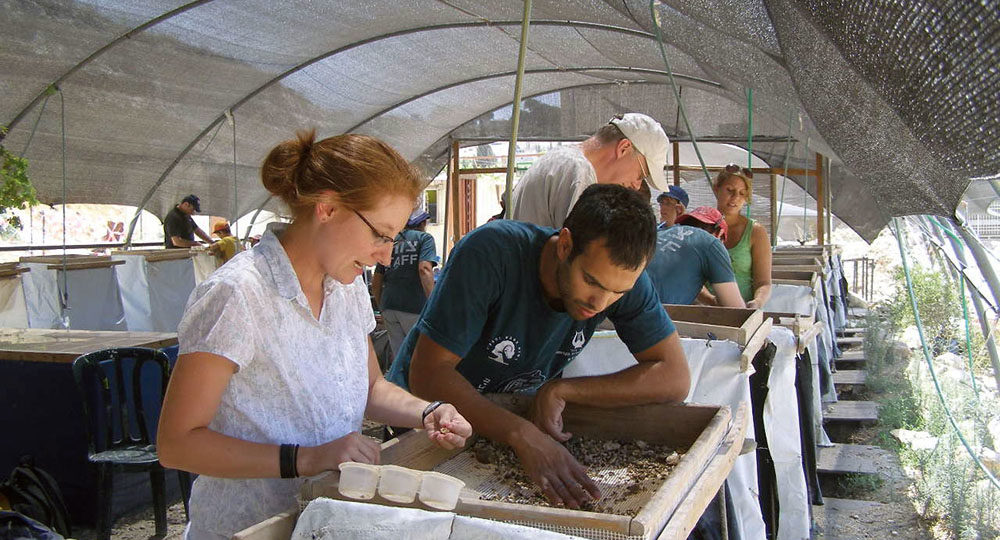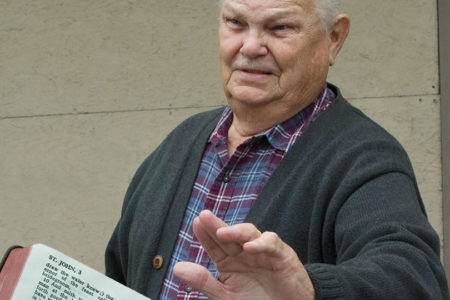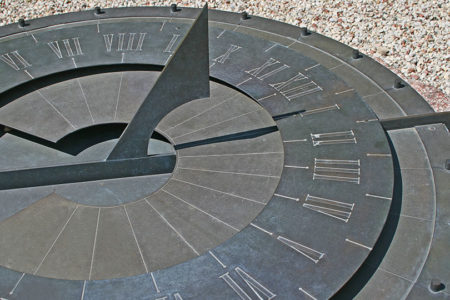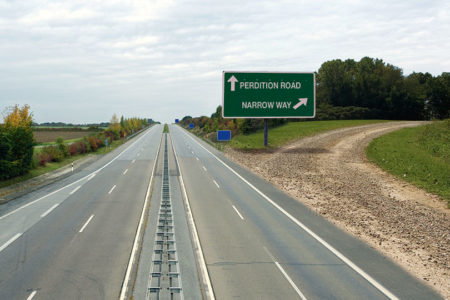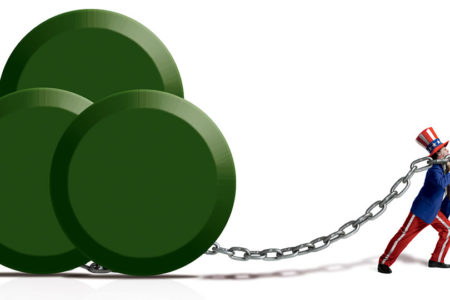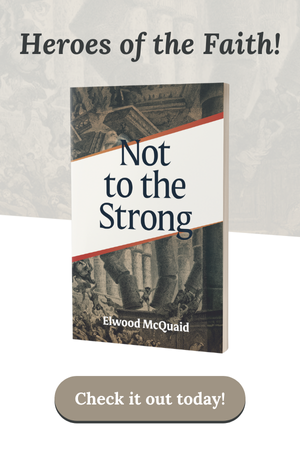The IYA Salvage Project
We woke up early Tuesday morning, grabbed our coffees, packed our lunches, boarded the bus, and headed for Tzurim Valley National Park located atop Mount Scopus, northeast of the Old City of Jerusalem.
Tzurim Valley National Park usually isn’t part of a typical tour to Israel. But for The Friends of Israel’s summer Israel Youth Adventure (IYA), it has become a regular stop. It is here we leave the daily touring routine in July to get our hands dirty sifting through 3,000-year-old rubble in search of artifacts dating back to Solomon’s Temple.
The park is home to the Temple Mount Salvage Operation where a group of archaeologists sift through tons of dirt that Muslims originally heaved into a local garbage dump in the Kidron Valley in 1999 after illegally excavating at the Temple Mount.
The Islamic Waqf (overseers of the holy places on the Temple Mount) had conducted an illegal dig on the southeast corner to create an emergency exit for worshipers of the mosque in the underground area called Solomon’s Stables. It removed more than 10,000 tons of dirt rich in historical Jewish artifacts.
Students from the Hebrew University saw the dump trucks exiting the Temple Mount and quickly moved truckloads of the precious dirt to the western side of Mount Scopus, where it provides a rare opportunity for the Israel Antiquities Authority because no archaeological digs are permitted on the Temple Mount.
The Temple Mount Salvage Operation is in its third year of proving the archaeological value of the rubble by daily discovering Jewish, Christian, and Muslim relics. With the help of volunteers like us, Israel is recovering artifacts from the late Bronze Age (1550 B.C.–1200 B.C.) to the Six-Day War in 1967. Many relics originate from the second-Temple period.
Every bucket we examined yielded a treasure. For eight hours we sifted through pails of rubble in search of anything that resembled pottery, bones, glass, metal, special stones, or mosaics.
Excitement filled the tent when Kevin, one of our very own, screamed, “I found a coin!” We all dropped our work and surrounded our amateur archaeologist as he held up the ancient mint. The coin could have been used to purchase a sacrifice for a Jewish family, or a worshiper may have used it to pay the entrance fee into the Temple area. Our imaginations ran wild.
By the end of the day the IYA found three ancient coins; a pottery shard with an inscription stamped on the handle; a Roman nail; a first-Temple period pottery shard; and containers full of glass, metal, bones, and mosaics!
For one day we became bona fide archaeologists, digging through the sands of time in search of treasure from the Temple Mount. We left Tzurim Valley National Park with our clothes covered in soot, our hands stained with mud, and our hearts full of joy knowing that we helped prove to the world that there was, in fact, a historical Jewish presence on the Temple Mount.
